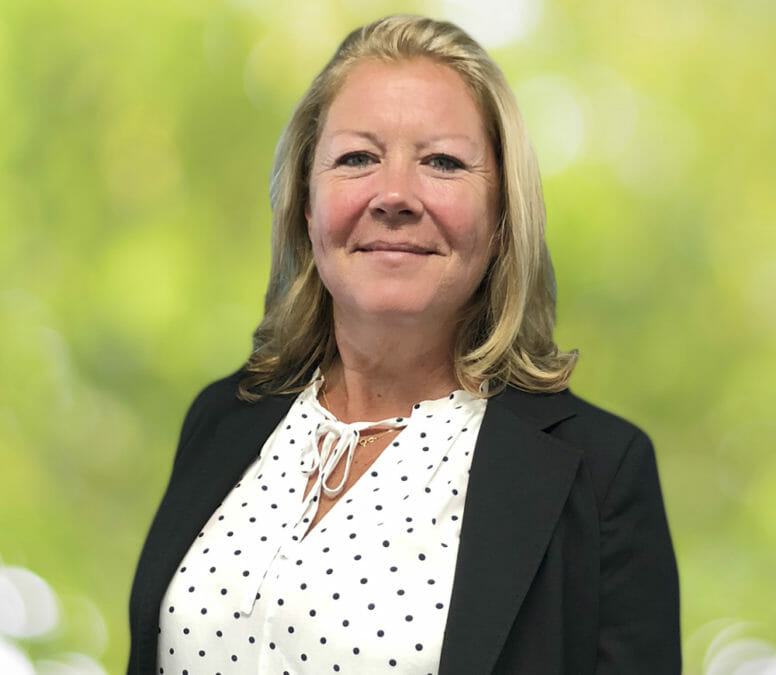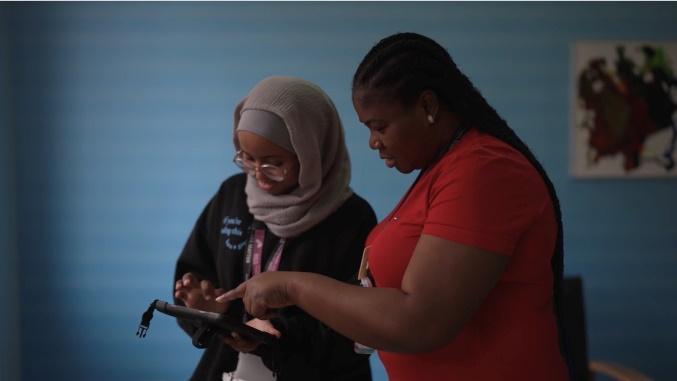5G and smart cities is a necessary combination. The former is paramount to the success of the latter. But, what role will telcos play in this new society driven by connection.
In the below Q&A, Sarah Mills — sector director for network operators at SSE Enterprise Telecoms — discusses this topic.
How have you seen the role that telecom companies play in the evolution of smart cities change over the past few years?
Smart cities have always been seen as a mobile network operator (MNO)-led initiative, with support from telecoms companies to provide high capacity optical connectivity to the mast sites. However, more recently, we’ve seen the roles of ownership start to shift. Telecoms businesses are taking a more primary role in the planning and development of smart cities.
Increasingly, these telcos are now being invited to sit in on council meetings to help them understand 5G and how it will serve their communities; as well as what planning needs to happen for this to become a reality. Telecoms infrastructure providers are having to build new fibre networks that can backhaul the high capacity required for faster data transmission and lower latency from 5G. Telcos need to embrace the ecosystem of fibre supply, consolidate and work together; as well as consult smart city developers on how to achieve the dense infrastructure a truly smart city needs.

How do you see 5G changing the way that smart cities operate?
Currently, UK cities are running across a 4G network and IoT devices are operating using 4G connectivity. But it is clear that today’s 4G networks will need significant capacity upgrades in both the access layer and RAN technology to be able to keep up with the ever-increasing demand cities have for connectivity and data. 5G will enhance the 4G network capability with faster data transmission and very low latency to drive the true evolution of IoT and smart cities. Without 5G, city planners simply cannot register the amount of applications that are currently out there, in order to facilitate smart city services.
For example, at the rate cities are growing, the automation of a number of public services from buses, taxis and cars, through to traffic lights and street lighting, must occur. 5G will enable those services to operate in a more efficient way. For example, the better management of volumes of pedestrian traffic will help reduce accidents and ultimately make our cities safer.
Due to our ageing population, cities are currently being pushed to their limit when it comes to delivering the amount of public services, that are required, such as health and social care in the community. 5G will support the digitising of these services, improving the overall quality of life for the older generations.
Emergency services and policing will also be impacted. With cities growing at the rate of 1.5 million new citizens every day, 5G services will allow police forces to better monitor the environment of the city through automation, in order to provide more efficient services, safety to the public and cities in line with environmental targets. Further to this, autonomous vehicles, high footfall areas, carbon emission levels, safety and new road and pedestrian planning will all benefit from enhanced monitoring services thanks to 5G.
Lastly, there are the environmental use cases to consider. Power supply and lighting will change as a result of 5G, making the lighting of cities and distribution of energy through smart grid systems more efficient. Telecoms providers are essential to this.
For a start, they can assist with connecting those who are generating energy back into the grid, which is vital for the two-way purchase and sale of energy to succeed. Substations will need higher capacity and faster connections — provided by fibre — in order to facilitate this flow.
The smart nation: Singapore’s masterplan
Could you elaborate on the nature and goals of the 5G trials that SSE Enterprise Telecoms is currently running in the West End?
The trials taking place in London’s West End support Three UK’s enablement of 5G connectivity in one of the UK’s highest footfall areas, which sees around 200 million annual visitors. SSE Enterprise Telecoms’ role is to provide a new, fibre-rich, dark fibre core network that minimises disruption and cost by being deployed, in part, through the Thames Water Waste Water network. Due to the depth of the sewer system, this fibre network will be more secure against damage or tampering. Equally important, it will also minimise disruption above ground due to the reduced need to ‘dig up the road.’
SSE Enterprise Telecoms’ goal is to provide MNOs like Three UK with more resilient fibre infrastructures which also allow the significant densification that MNOs need for 5G. Due to the extensive sewer network, SSE Enterprise Telecoms is able to provide shorter connectivity tails to the MNOs’ vast amount of mast sites using fronthaul and backhaul services.
The role of telcos in smart cities
What are some of the challenges to large-scale 5G implementation?
The densification that is required and the ubiquity of dark fibre that needs to be deployed are big challenges. 5G requires multiple end points in the form of mast sites and small cells, plus high capacity fibre to meet those endpoints.
On top of that, traditional methods of fibre deployment can’t keep up with demand. Physically digging up roads is costly and creates a massive amount of disruption, with the average deployment in the city of London generally taking years to complete. That’s why telecoms businesses are looking at alternative ways to deploy fibre infrastructure — our work with Thames Water utilising the existing waste water network being a good example of this.
Is there anything else you would like to add concerning the current state of 5G adoption in smart cities?
There is much work still to be done in order to make 5G readily available and commercially viable. It’s important that telcos focus on the priorities needed to ensure our cities are smart. For example, the UK has a large copper network which is out of date and needs replacing.
Alternative deployment methods are also going to be a major driver of 5G and smart cities and will require increased collaboration between telcos, MNOs and the public sector to understand and find the best delivery strategy.










